




The Ampere Beach is situated in Dipaculao,a town located north of Baler. This beach is covered with smoothrocks thatvary in size and are darker in color. An area called Bunga Point or Ampere Point is located next to Ampere Beach.
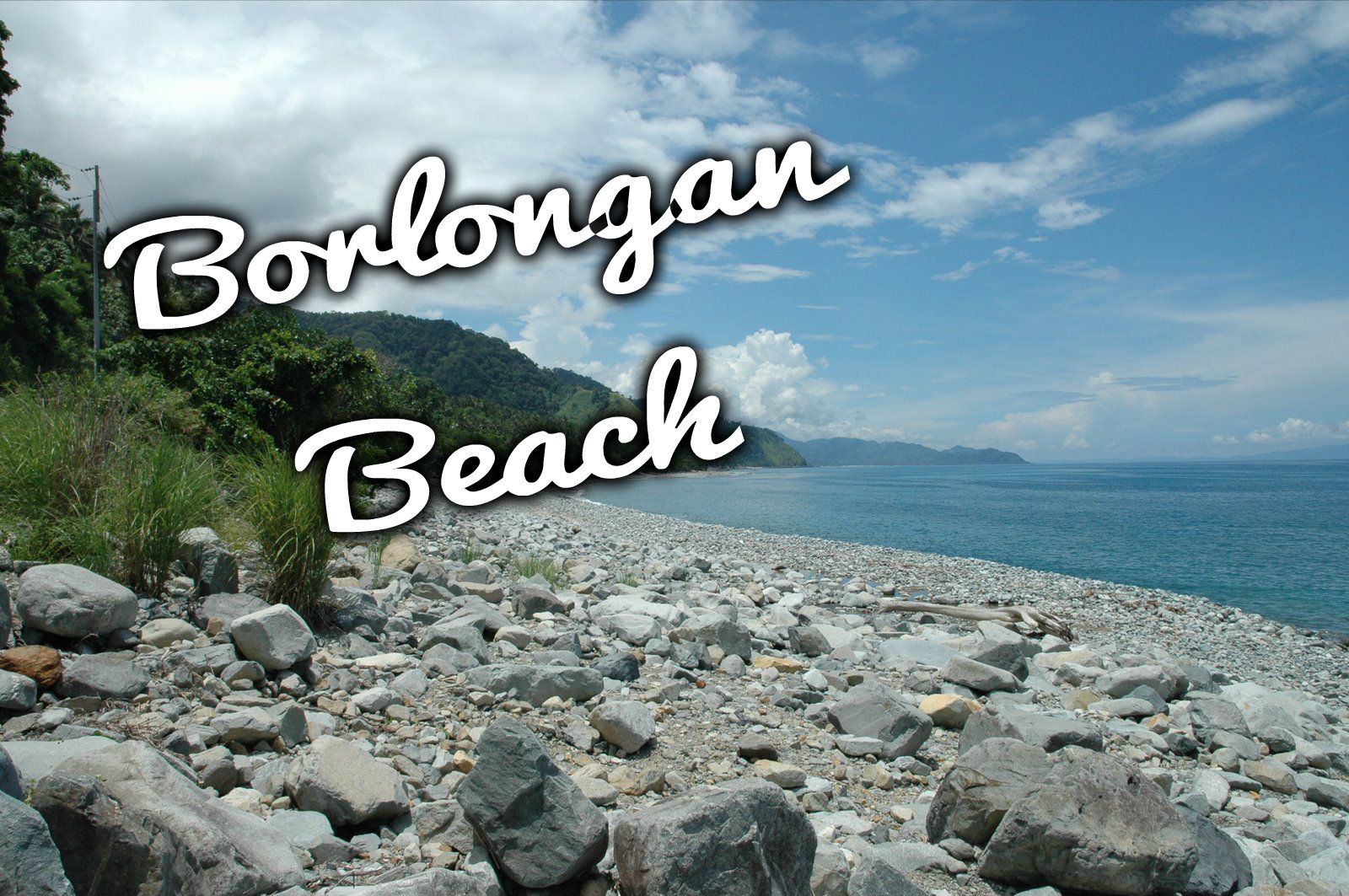
This beach, like Borlongan Beach, is covered with smooth rocks, but here the rocks are more varied in size and darker in color. This beach is an area called Bunga Point or Ampere Point, where local residents flock to Okotan Cave, a time-honored locale for forecastingthe weather. The Pacific waves, upon hitting theshoreline cave, produce an explosion, the intensity of which, according to local lore, determines theintensity of the incoming weather.

These pictures are the breathtaking view of the vast expanse of fine, powdery white sandy beach of Brgy. Dinadiawan. This spectacular natural and unspoiled white beach is situated in thenorthern part of the town of Dipaculao,Aurora tuckedbetween the Sierra Madre Mountain range and the Pacific Ocean.

Baler Bay is located in the eastern part of the town of Baler. This bay is perfect for surfing and believed as one of the country's best site for surfing competitions. Accommodation and places for pleasure are obtainable or usable.

Digisit Beach is located in Baler, the capital town of Aurora. The farther inland shore of Digisit Beach is for the greatest part sand while the water shores are barriers of corals making a protective chain of rocks that stops strong waves of the Pacific Ocean from wrecking against the shore. This place is ideal for diving and for snorkeling.
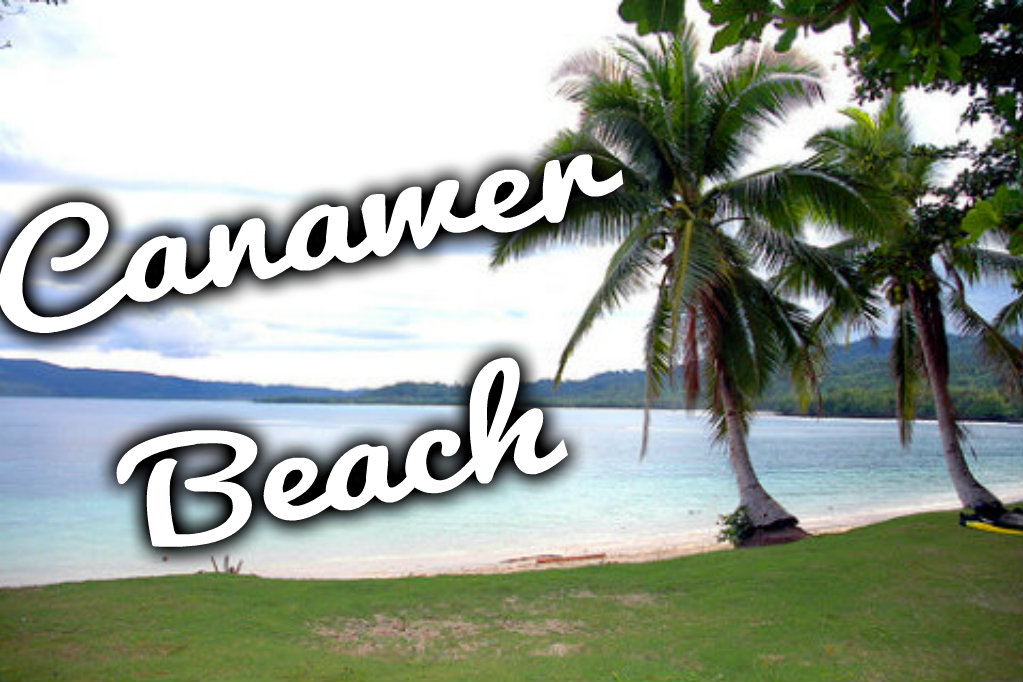
Canawer Beach is the most popular destination for picnics, reunions and retreats among the locals of DICADI (Dinalungan, Casiguran & Dilasag) because of its serene and relaxing environment; white, powdery sand and magnificent view of the Pacific ocean. Its undeveloped features and natural attractions offer tourists the sensation of discovering something new and unspoiled. Inaccessible to most transportation, Dilasag Coast is a true getaway
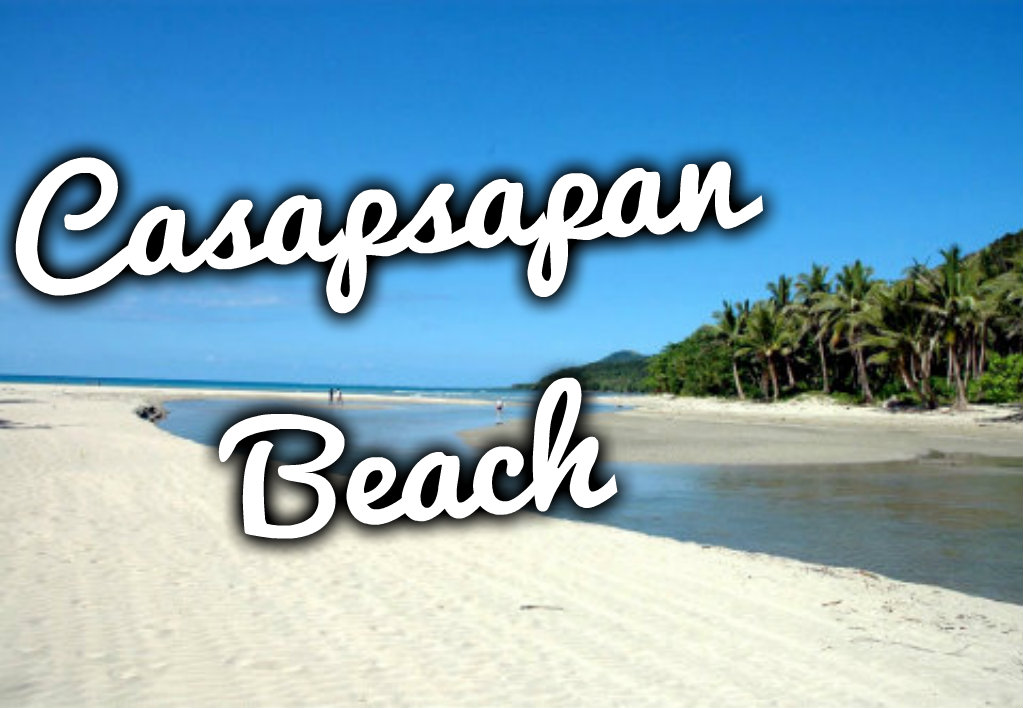
This pristine and resort-free beach is amazingly a long stretch of fine white sand. Places like this in Casiguran are remote and desolate, providing visitors with an entirely different kind of relaxation. It is probably one of the least explored beaches in Casiguran as one can stroll cozily and undisturbed in the quiet of its unspoiled and natural beauty.Casapsapan Beach offers a practical escape or breaker from a never-ending rat race brought about by modern technology and lifestyle.
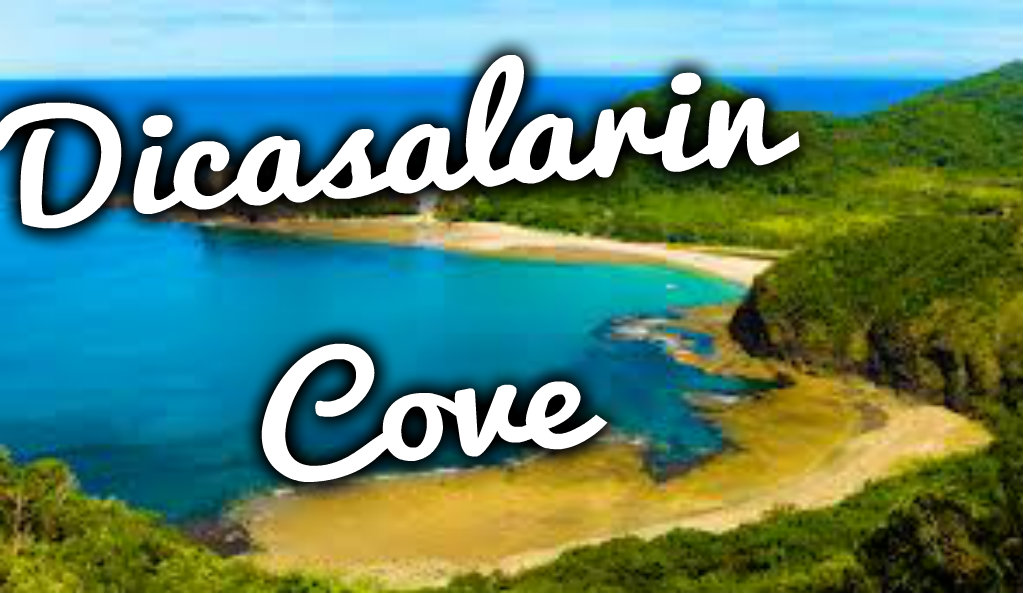
Dicasalarin Cove is a secluded white sand beach where the verdant Sierra Madre foothills meet the Pacific Ocean. Dark, thickly forested hills contrast with the striking white shoreline. There are no resorts, no facilities on this fine stretch of sand. A freshwater river, flowing from the mountains beyond, trickles out to the sea. Dicasalarin Cove?s stunning beauty and relative isolation certainly make it one of Baler?s best-kept secrets.Though it is possible to take a short boat ride along Aurora?s rough coastal waters, hiking to Dicasalarin is the way to go. The adventure will entail passing through most of Baler?s barangays, climbing up to a hilltop weather station where the vistas are breathtaking, tramping through lush forests, scrambling across rocky shores and finally to the desolate beach where the beauty is as rough as the crashing waves of the Pacific.

At least three islets comprise the rock formations known to the locals as "Lukso-Lukso." One of these small islands is connected to the mainland and at low tide you can see white grainy sands, crushed corals and numerous seashells, some inhabited by hermit crabs. This island formation is the southernmost point and is accessible to vehicles coming from Baler. The sea bottom and undersea reefs around these islets are reportedly good areas for diving, and during calm months, snorkeling.

Aniao Islets (Off the coast of Barangay Zabali, Baler, Aurora). Two small but imposing islands lie south of the islet of Dimadimalangat. These islets jut straight from the sea like bullets, with shrubs, small trees and other greenery growing on top surfaces. Kingfishers, gulls and hawks use these islets as lookout points for fish. Towering waves relentlessly pound the base of the formations, challenging even the most intrepid of rock climbers.

Lamao Caves is an arrangement of caves bent along the high steep face of rock in the seaside of Paltic, Dingalan. In the caves, there are cave showers and highly pleasing natural waterfall pours forth copiously inside from the underground stream. There are small beaches where bancas harbor in between caves, and sharks and giant turtles seen along the place of the caves.

Ditumabo Falls is one of the key attractions of the province of Aurora. Though currently the site of an ongoing hydroelectric project, the falls is still one enchanting site to behold and certainly worth the visit. It towers more than a hundred feet above a wide basin and imposing cliffs on both sides hem the falls itself. The locals have nicknamed it ?the mother falls.? The trek alone to the falls is a treat in itself. One gets to pass through lush vegetation, large boulders, a number of sprays and small waterfalls, and cross several streams and rivulets. There are wooden footways already in place; perhaps to aid the construction crews ferrying supplies to the small dam being constructed near the falls.There are no campsites in the area, although there are several wide cottages about 100 meters from the waterfalls. At the time of our visit, these simple sheds were free for our use.
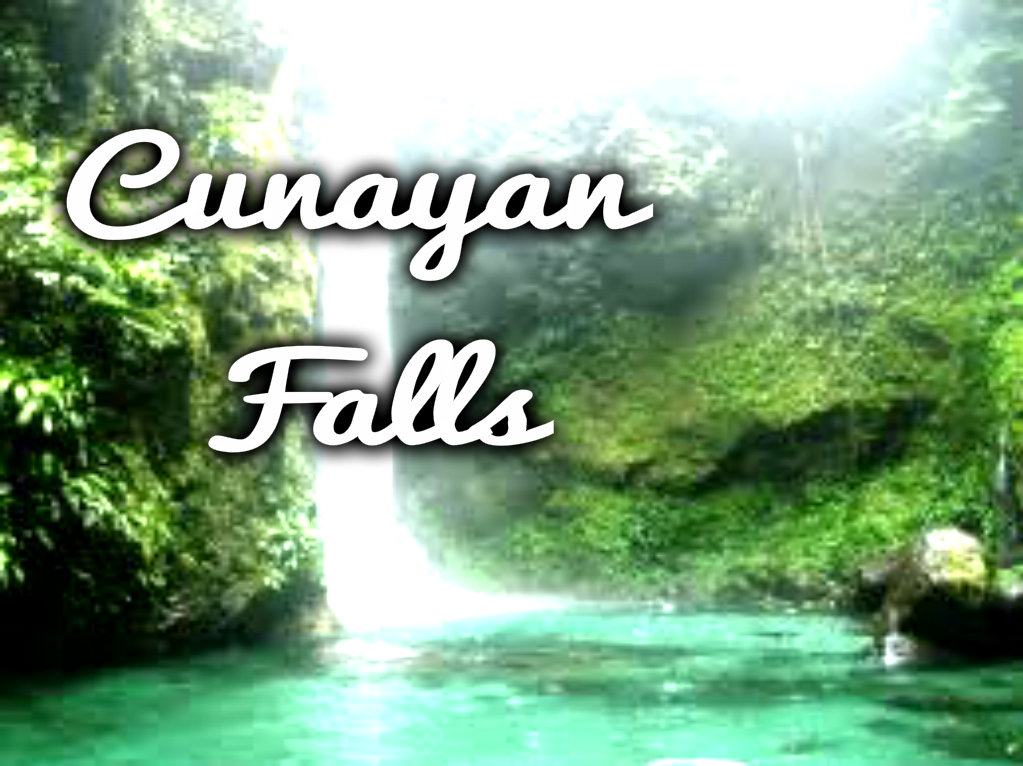
Cunayan Falls is located in San Luis, a town located south of Baler. This falls is one of the easier to reach falls in Aurora, and fit to be traveled on to most vehicles. Its mild temperature causes it perfect for washing of the body
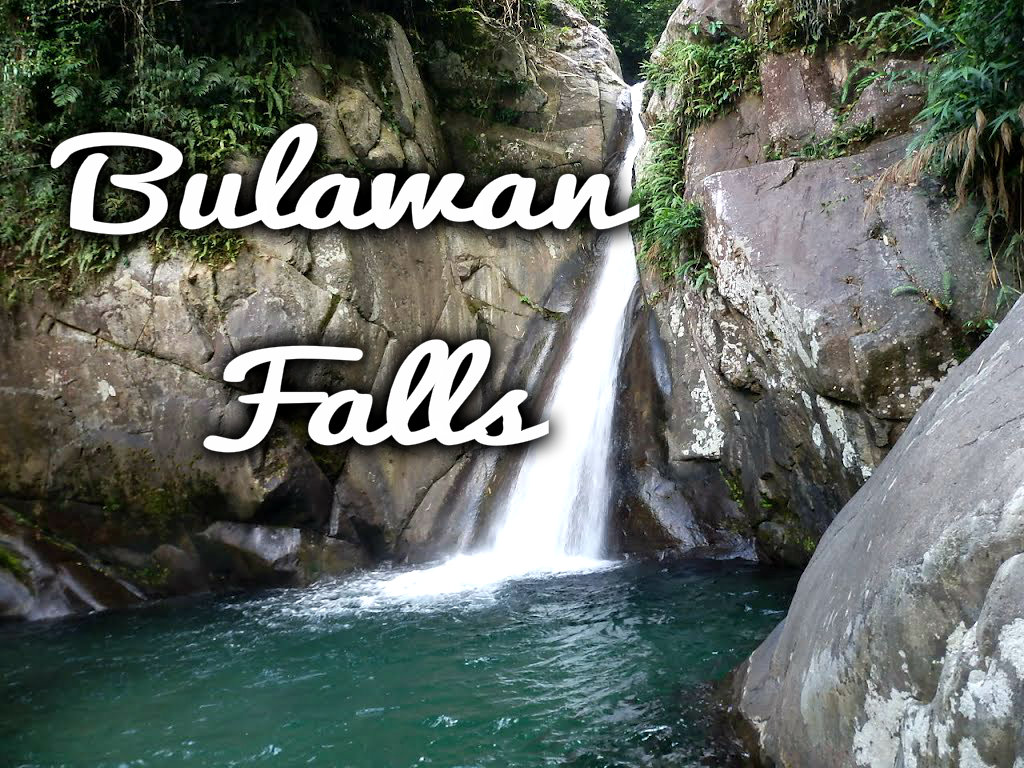
Bulawan Falls was given a reward as "The Cleanest Inland Body of Water" in the region. This falls has a height of a hundred meters from the ground erecting nobly on the uninhabited region of barangay Paleg.
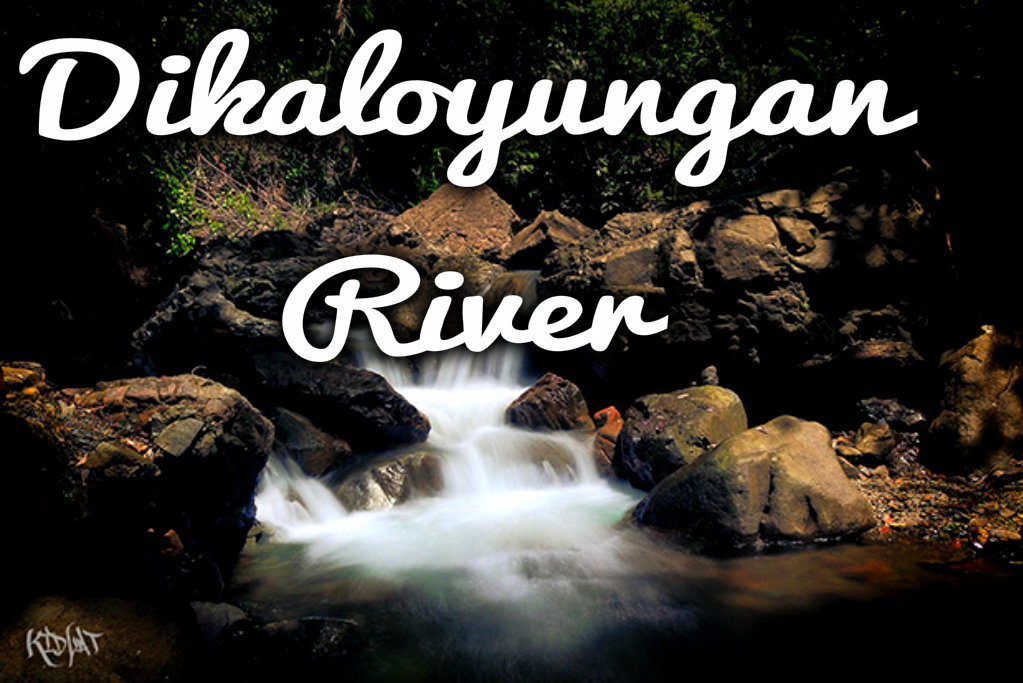
Back in the 70s and 80s, Dicaloyungan River was one of the best picnic places in Baler. It�s near the town and there was a big natural swimming pool just by the road.

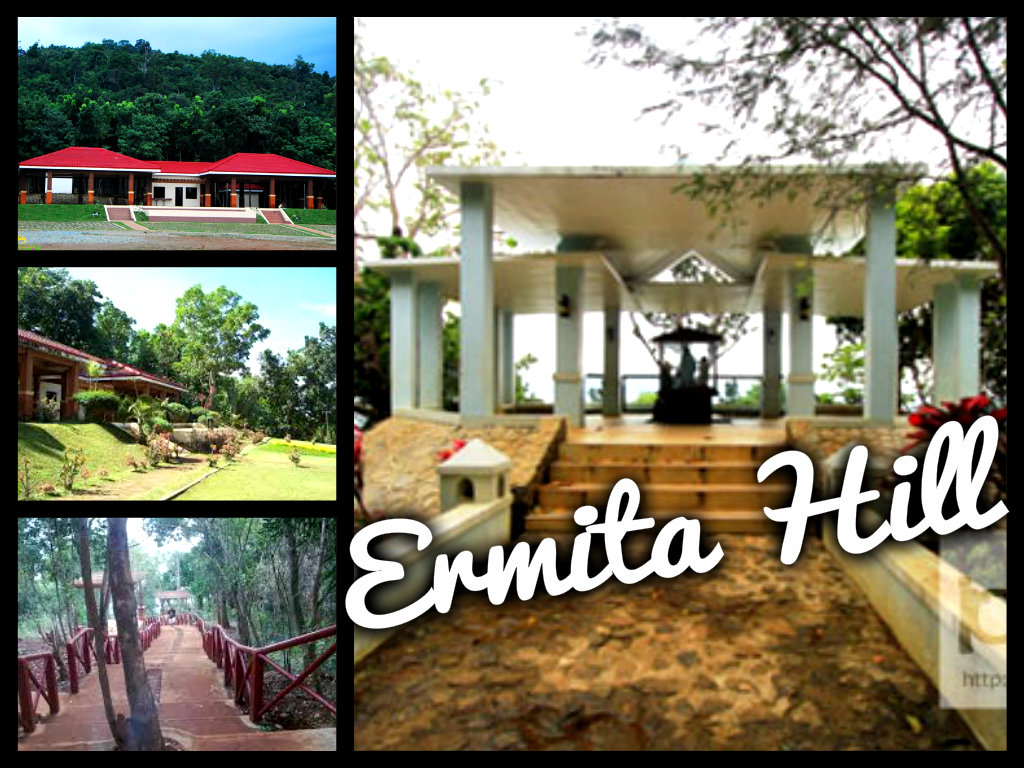
This shrub-covered area provides an excellent view of the town of Baler, Sabang Beach, Cemento and Dimadimalangat islet. It is a short, steep trek from the foot of the hill, through small trees and cogon grass, to the top. Hidden beneath a clump of trees are the almost unrecognizable remains of a bell tower. Owing to its excellent vantage point, the bell tower was formerly used to warn people of Baler of raiding pirates. During sunny days the place is swelteringly hot.

This park contains a 600-year-old balete tree that was designated the official "Millennium Tree" of The Philippines. It is the largest tree of its kind in Asia, and it would take 60 grown men, holding one another at arm's length, to encircle its gigantic trunk. Due to its age, the tree's thick roots have grown above ground, such that caves have formed under various sections of the trunk. This unique tree has generated national media attention and is now the most visited tourist spot in Aurora.

The structure is an old church with a simple facade. Here, the last Spanish garrison of four officers and 50 men was besieged by Filipino insurgents from June 27, 1898 to July 2, 1899. This was the last pocket of resistance of the Spanish Armed Forces to surrender to American troops. This is also where the La Campana de Baler, an ancient bell, was used and later stored as a relic.
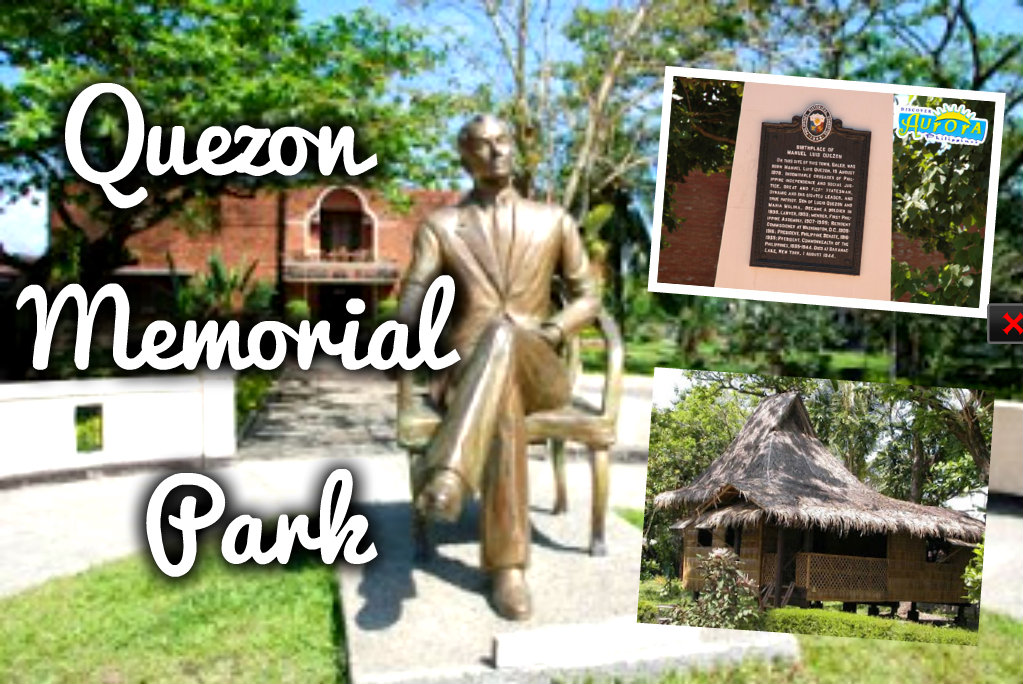
This quiet park of trees and lawns was developed in honor and in memory of the late president Manuel L. Quezon. A marker fenced by concrete and set on a circular cement platform serves as a landmark of Baler, the birthplace of Quezon.
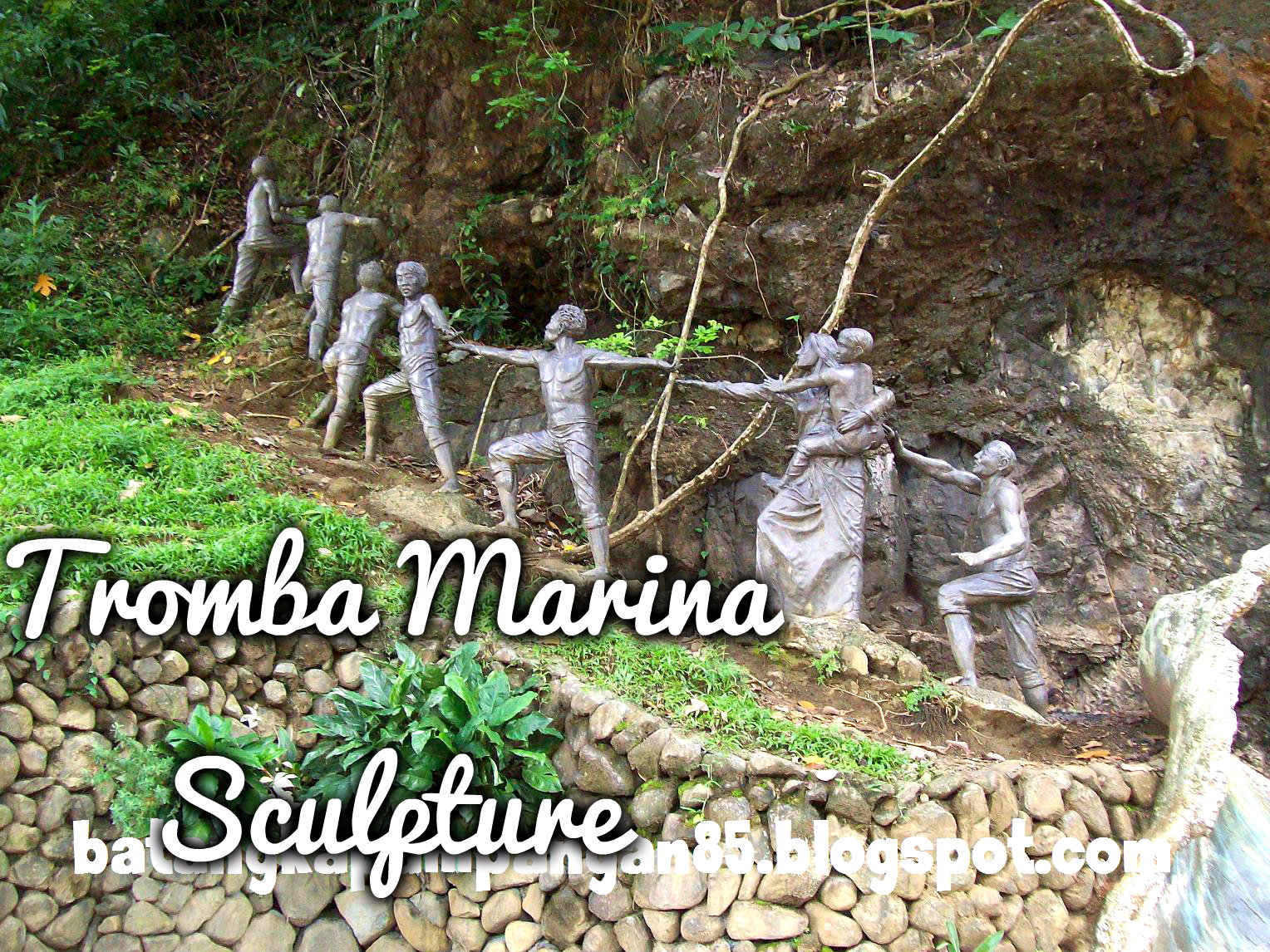
The tsunami that struck Baler differs at present day tsunami, that in 1735, the only impacted area was mysteriously the town of Baler. Mission de San Miguel (Dipaculao, circa 1719) northwest of Baler did not experience the horrendous calamity, nonetheless, situated on the same shoreline. In Casiguran, ninety kilometers north of Baler did not even learn about destruction until sometimes later.It was not long however, that a new Baler was built under the leadership of the parish priest with the help of the surviving families situated in an area belonging to Sitio Sabali and located a league away from the obliterated town.